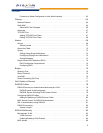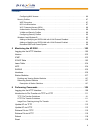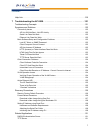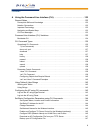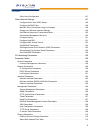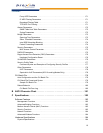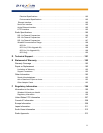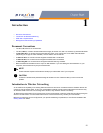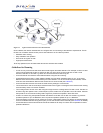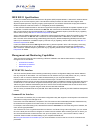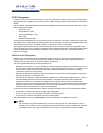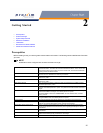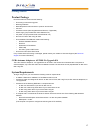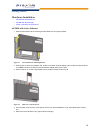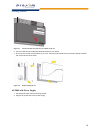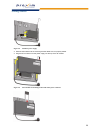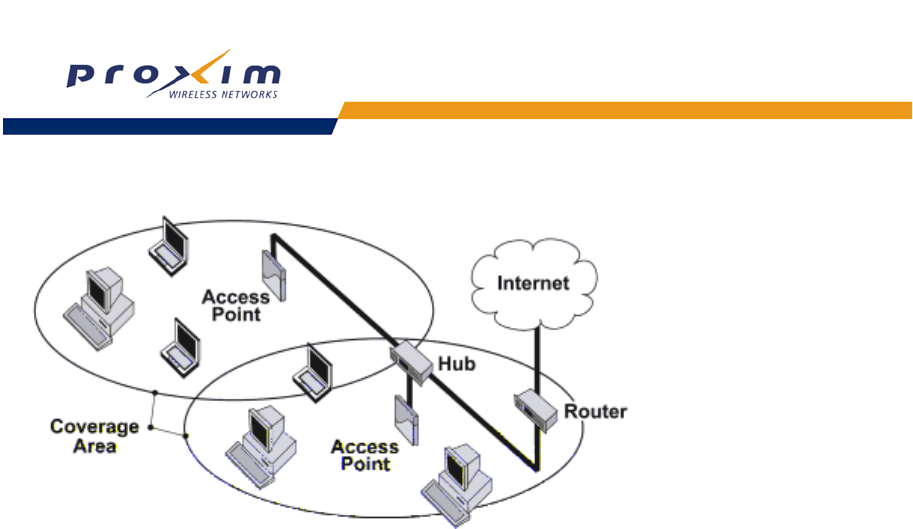
13
Introduction
Figure 1-1 Typical wireless network access infrastructure
Once initialized, the network administrator can configure each unit according to the network’s requirements. The AP
functions as a wireless network access point to data networks. An AP network provides:
• Seamless client roaming
• Easy installation and operation
• Over-the-air encryption of data
• High speed network links
To be fully operational, the AP-2000 needs at least one wireless card installed.
Guidelines for Roaming
• An AP can only communicate with client devices that support its wireless standard. For example, an 802.11a client
cannot communicate with an 802.11b AP and an 802.11b client cannot communicate with an 802.11a AP.
However, both 802.11b and 802.11g clients can communicate with an 802.11b/g AP.
• All Access Points must have the same Network Name to support client roaming.
• All workstations with an 802.11 client adapter installed must use either a Network Name of “any” or the same
Network Name as the Access Points that they will roam between. If an AP has Closed System enabled, a client
must have the same Network Name as the Access Point to communicate (see Interfaces).
• All Access Points and clients must have the same security settings to communicate.
• The Access Points’ cells must overlap to ensure that there are no gaps in coverage and to ensure that the roaming
client will always have a connection available.
• The coverage area of an 802.11b or 802.11b/g AP is larger than the coverage area of an 802.11a AP. The 802.11b
and 802.11b/g APs operate in the 2.4 GHz frequency band; the 802.11a AP operates in the 5 GHz band. Products
that operate in the 2.4 GHz band offer greater range than products that operate in the 5 GHz band.
• An 802.11a or 802.11b/g AP operates at faster data rates than the 802.11b AP. 802.11a and 802.11g products
operate at speeds of up to 54 Mbits/sec; 802.11b products operate at speeds of up to 11 Mbits/sec.
• All Access Points in the same vicinity should use a unique, independent Channel. By default, the AP automatically
scans for available Channels during boot-up but you can also set the Channel manually (see Interfaces for details).
• Access Points that use the same Channel should be installed as far away from each other as possible to reduce
potential interference.



